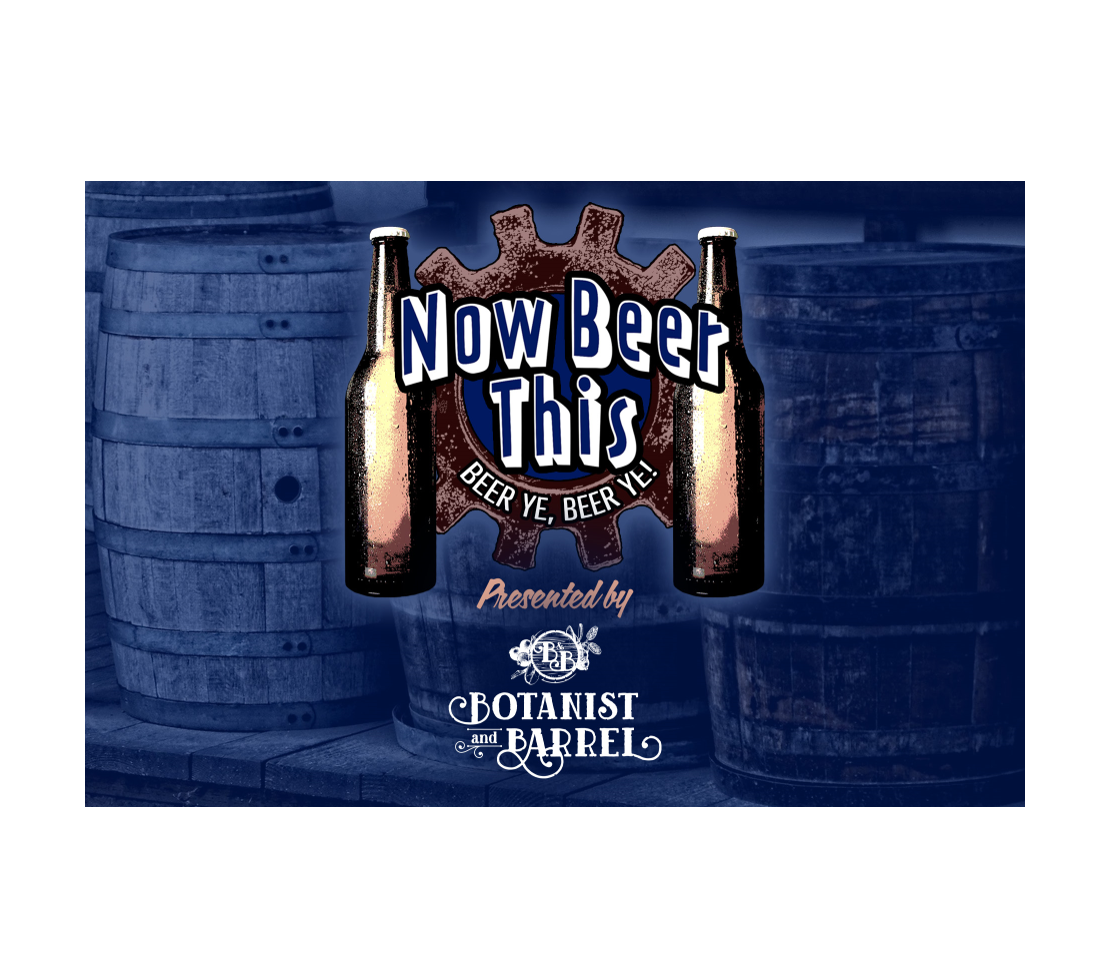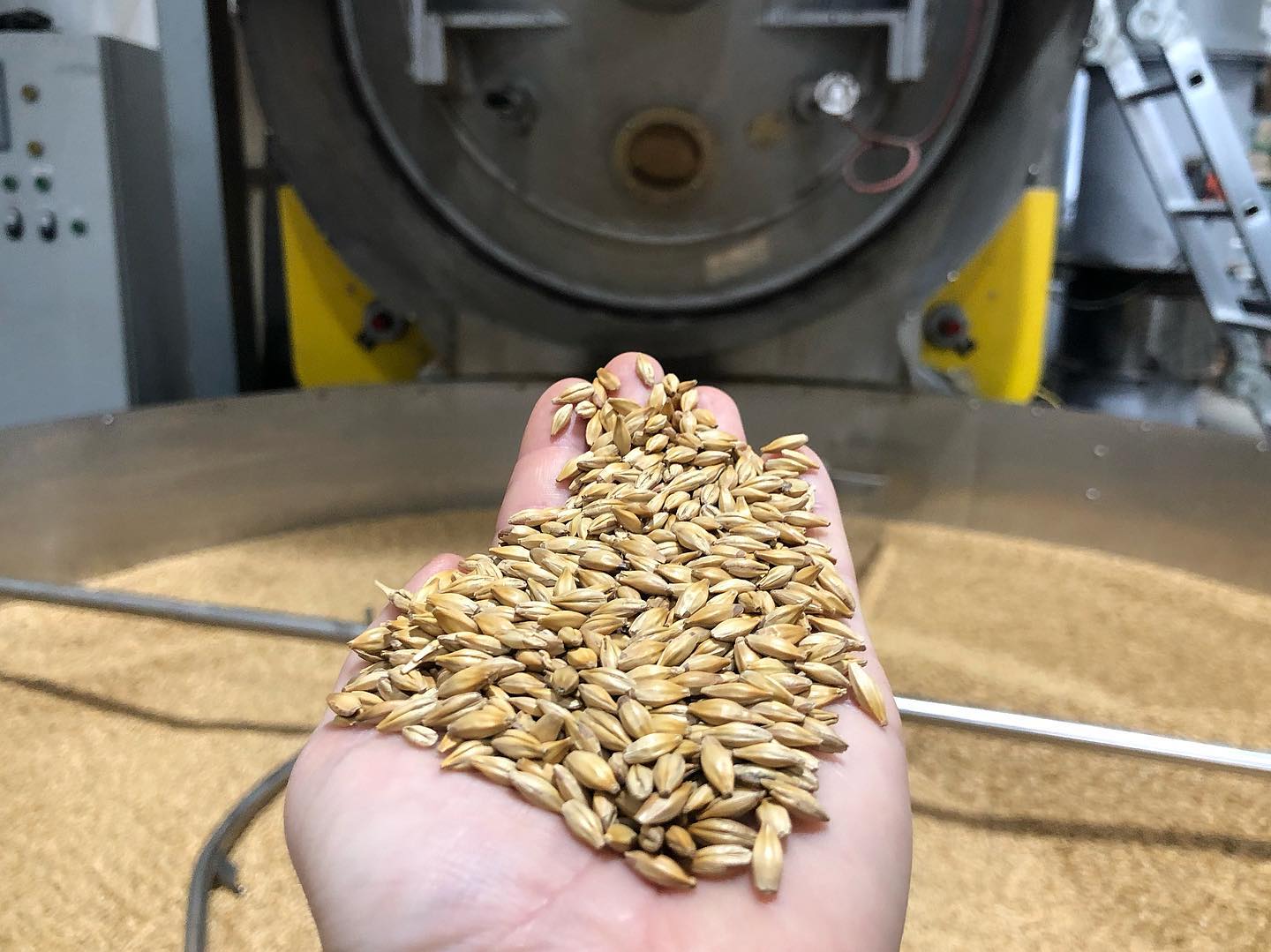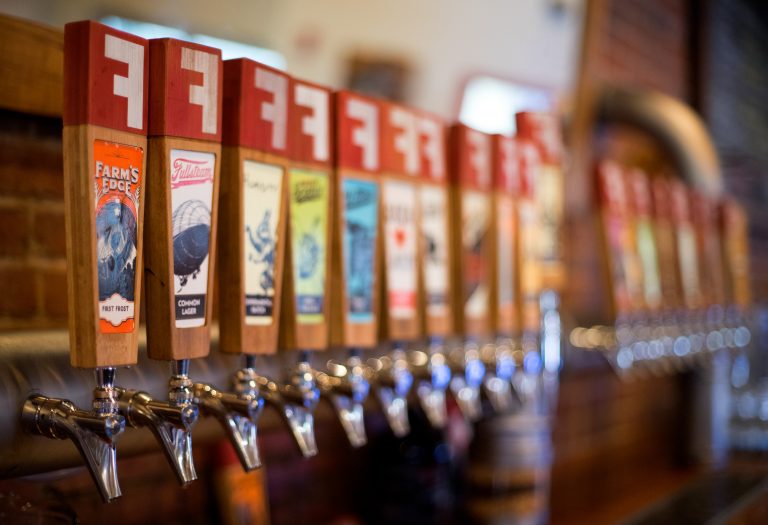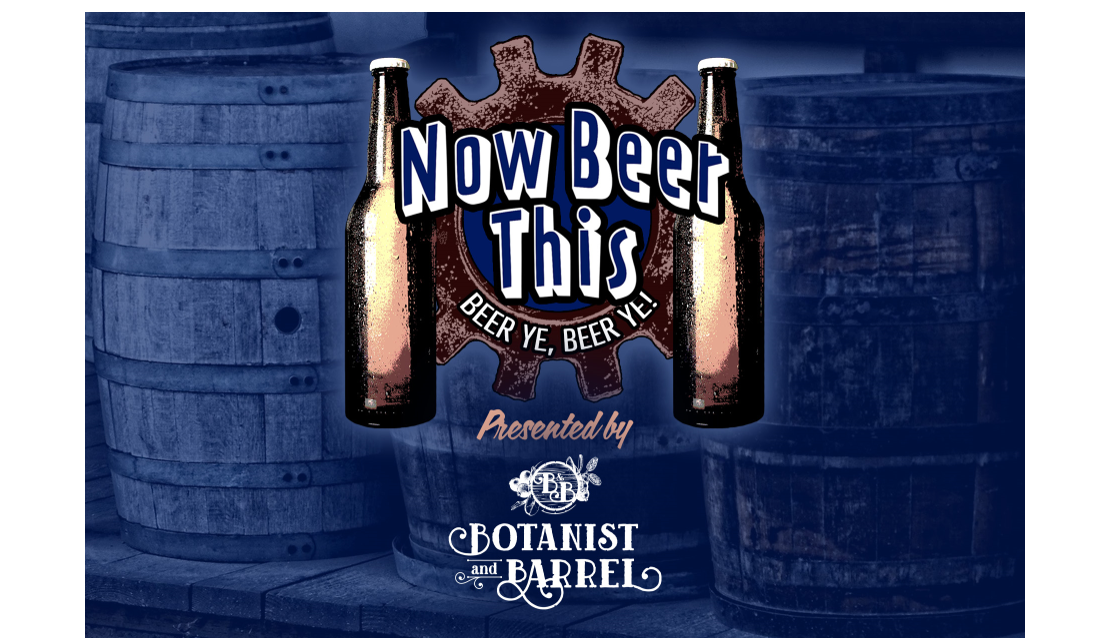One of the many things that sets beer apart as a beverage of choice is the vast variety of beers you can enjoy at any given time. I LOVE embracing seasonal beer styles, but not being necessarily bound to those strictures. If I want an Imperial Stout in August, I’mma drink one.
We’re right at the time where, traditionally, brewers in what is now northern France, Belgium, and the Netherlands would be brewing up a fairly unique style of beer known as the Saison. These wacky ales were made in the Spring (before it got too hot to safely brew without spoilage) for consumption in the Summer. It’s cousin, the Biere de Garde (beer for keeping) was brewed about the same time, but varied slightly in its character.
There are two things about these beers that stand out: The grain bill and the yeast.
As you might expect, most brewing back in the day was a local affair. There was no AB/InBev churning out Americo-Industrial Lagers for global export. If you were making beer, you were making it for folks around you, and you were making it with ingredients available to hand. Saisons typically used Pilsner malt, while the BdGs were made with maybe Pilsner or Base malt (what you might also call pale malt). Both might make use of adjuncts such as oats, wheat, spelt, or rye. All of this of course would have been locally available. Hops tended to be similarly sourced; Belgian-grown Kent Goldings, maybe Styrian Goldings or German Noble hops, or perhaps French Strisselspalt. These were used as bittering agents, nothing more. The body of these beers were the stars, not the hoppiness. Saisons tended toward the dry side of things, while traditionally Biere de Garde tended toward the sweeter side.
Both used very local yeast strains that, even though the goal was to avoid higher temps during fermentation, could stand relatively high fermentation temperatures. These yeasts tend to produce a lot of character and flavor in the form of esters and phenols. Sniffing a Saison might get you a nose full of pepper, honey, fruits of all sorts, or even clove. BdGs tended to slough those off during their storage (these were traditionally stored longer) and replaced them with more corky/musty/oxidized odors.
What I love about both styles is that they are both imminently refreshing and surprisingly versatile with food. After a long day, nothing quenches your thirst like a sparkling Saison. I’ve written a lot in this column about beer/food pairings, too, and I’ll tell you one of my secrets: When in doubt, go with a Saison (or a BdG). The subtle malt character is a great canvas for most foods, while the charming yeast by-products serve to compare and contrast successfully with almost anything, AND they’re high enough ABV (6-8ish) that you don’t have to worry about them getting over-powered. Almost always a double or a triple, if not a homerun.
As fantastic as these beers are, I’ll be willing to bet you don’t have one in your fridge right now. I will confess that I don’t, but I’ll remedy that shortly. Give ’em a try!

Chapelboro.com does not charge subscription fees. You can support local journalism and our mission to serve the community. Contribute today – every single dollar matters.
Related Stories
‹

Change Is Brewing in the Craft Beer WorldThe craft beer industry has a man problem; There are only so many bearded, flannel-wearing white guys who want to buy more beer.

Now Beer This: Beers for Your Stupid Friends Who Don't Like BeerBeer for your stupid friends who don’t like beer? Well, first, you shouldn’t be hanging out with those people. It’s 2020 and there’s enough negativity out there already. Ditch ’em. But if you can’t ditch ’em, then maybe you can turn ’em! This is actually one of my favorite past times: Trying to convince non-beer […]

Now Beer This: Where Do I Be Drinkin'?It’s crazy times, I know. Many of us are scared to go out and do the things, and those that aren’t are very much hobbled by the rules – sometimes promulgated by government and sometimes reflecting the concerns of business owners – that restrict what we can and cannot do. If you’re a beer drinker in […]
![]()
He's Not Here to Reopen as a Bottle Shop With Outdoor SeatingAccording to their social media, He’s Not Here plans to reopen to the public today as the “Home of the Blue Cup and Bottle Shop.” The self-described “collegial haunt,” located on Franklin Street, will now be serving a selection of beer and cider 6-packs to-go. After being closed for months since Governor Cooper’s initial executive order […]

Now Beer This: Beers for Your Wine-Drinking FriendsWe all have them. We might not admit it, but they are in our lives. They lurk at your get-togethers, Solo cup in hand, doing their best to fit in with the normal people. For all intents and purposes they look like normal people, but if you look past the friendly facade and into the […]

Now Beer This: Brewing Your OwnUgh. The whole COVID thing has really got us all down. We used to be able to freely go to bottle shops and fondle dusty bottles imported from deepest, darkest Europe, or even San Diego (pronounced, “SAN DEE AH GO”). We could sidle up next to complete strangers in bars and breweries and try wacky […]

Durham Malthouse Connects Local Farmers and Breweries with Craft BeerAs the craft beer industry continues to grow, one German brewer has taken it into his own hands to keep the beer making process completely local. Beer is made from four basic ingredients: barley, water, hops and yeast. For brewers, a process called ‘malting’ is a necessary step to allow barley and other raw grains […]

Now Beer This: Hops, Hops, HopsI make no secret of the fact that my favorite thing about beer is hops. I love the aroma, the flavor, and while I don’t necessarily get excited about it, I’m intellectually appreciative of the antimicrobial properties of this special plant product. As a brewer, I often take for granted the knowledge of what hops […]

During a Time of Crisis, a Look Inside N.C.’s Beer EconomyStory by Anne McDarris, via UNC Media Hub Fullsteam Brewery sits on the outskirts of downtown Durham in a low, beige-brick building with enormous red hangar doors. Usually, on the weekends, the craft brewery is full of people. There are dogs and families and sometimes live music. Bartenders pour beer from the taps — stouts, lagers, […]

Now Beer This: Burial BrewingBest Brewery Ever Right Now: Burial Brewing Seriously – these folks know their stuff. Everything I’ve had from them has been top-notch and I truly don’t think I can sing their praises too much. That said, in the spirit of journalistic integrity, my only attempt to balance this glowing recommendation will be to mention that […]
›








